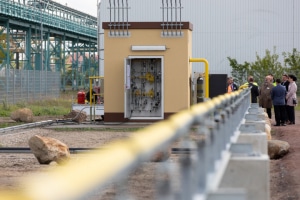
Hydrogen is considered by many to be the energy source of the future. It can be generated from renewable energies and utilised in different sectors for material and energy production, which is referred to as sector coupling. However, the distribution of hydrogen in particular is the subject of numerous discussions.
So far, the industry has focused on the natural gas grid. Currently, an admixture of 2 or 5, sometimes 10 % by volume is permitted by law. In April 2019, the DVGW announced that it was working towards a regulation for 20% by volume. At least in certain network sections, even higher concentrations can be expected in the medium term. But what about a network with 100 % by volume hydrogen? What must such a network be like? Which system technology has to be replaced or adapted? And how can such high concentrations be distributed safely and efficiently to the end user? These questions will be investigated in the HYPOS project H2 network.
In order to find answers to these questions, the regional gas distribution network operator Mitnetz Gas officially put its so-called hydrogen village into operation in the Bitterfeld-Wolfen Chemical Park on 10 May 2019. This “village” is located on an approximately 12,000 square meter site in the middle of Germany’s oldest chemical park. By the end of 2021, the project partners hope to have gained comprehensive insights into the transport of 100 % by volume hydrogen.
The hydrogen village initially consists of a gas pressure regulating and measuring system. All associated equipment ensures corresponding control behaviour and high measurement accuracy in order to achieve usable results. In addition, an approximately 1,200 metre long pipeline network was laid on the site. Since this is to be an exemplary distribution network, the laying of expensive and costly steel piping was dispensed with. Instead, high-density metal-plastic composite pipes (MKV, PE-Xa) and high-tension crack-resistant polyethylene pipes (PE 100-RC) from the company Rehau are used.
The installation was carried out using the drilling mud process and by trench-laying. In addition, a 70 metre long pipe bridge was erected above ground. The various distribution network sections have pressure stages DP 25, DP 16 and DP 1. In order to guarantee the necessary safety, a special micro-odorization system was installed in addition to the line technology.
…
read more in H2-international July 2019






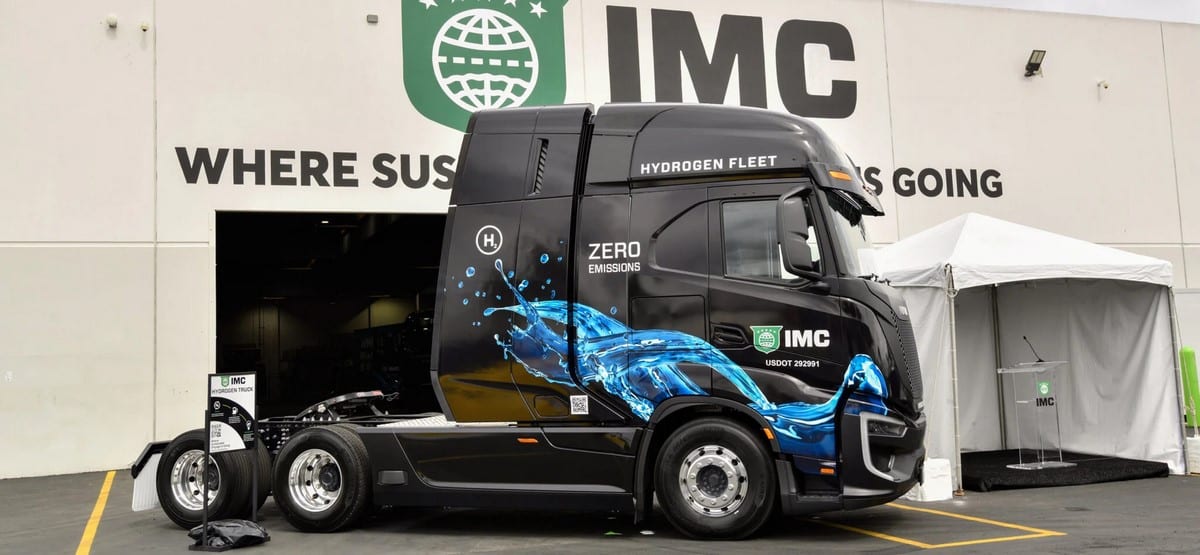

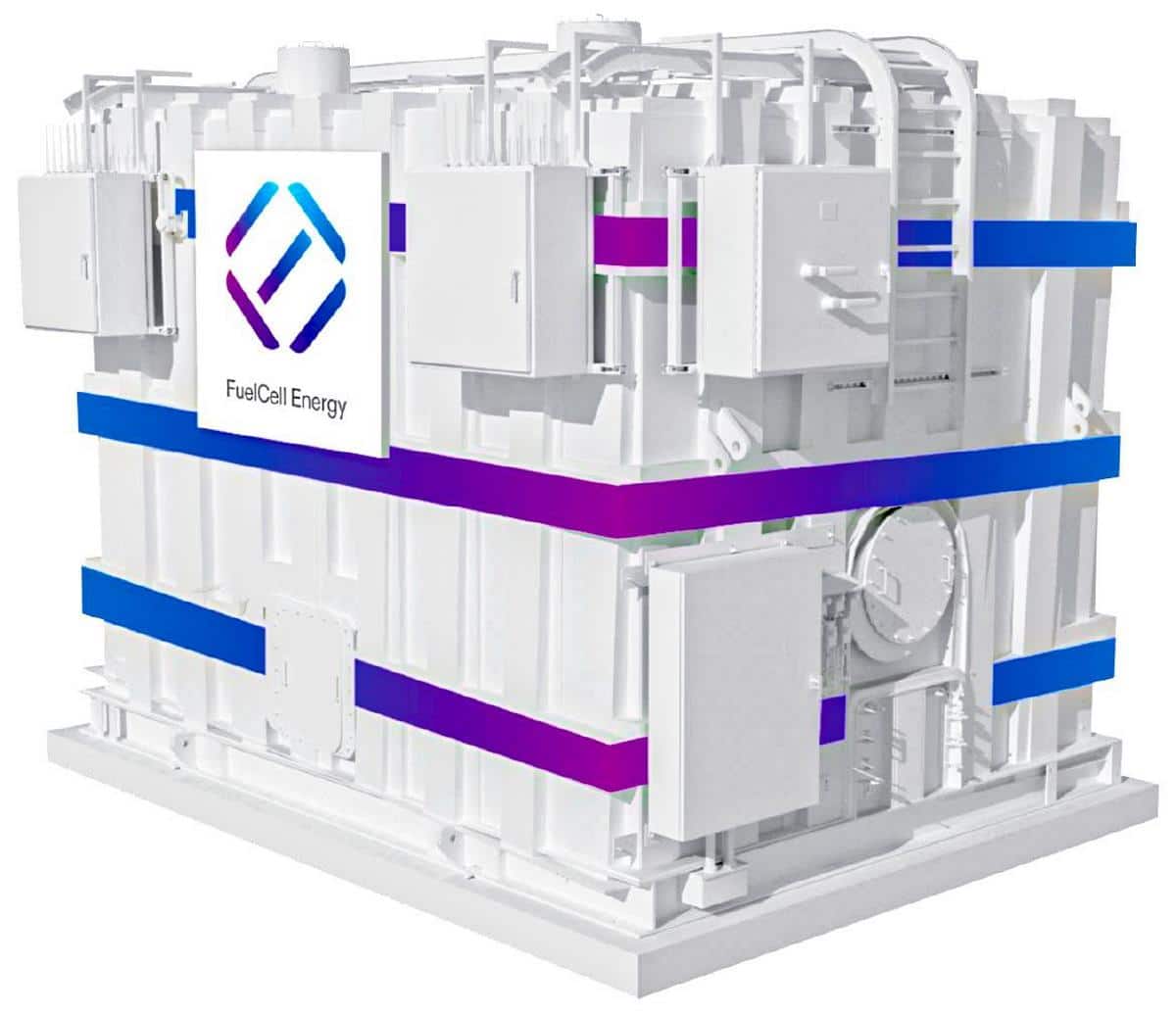
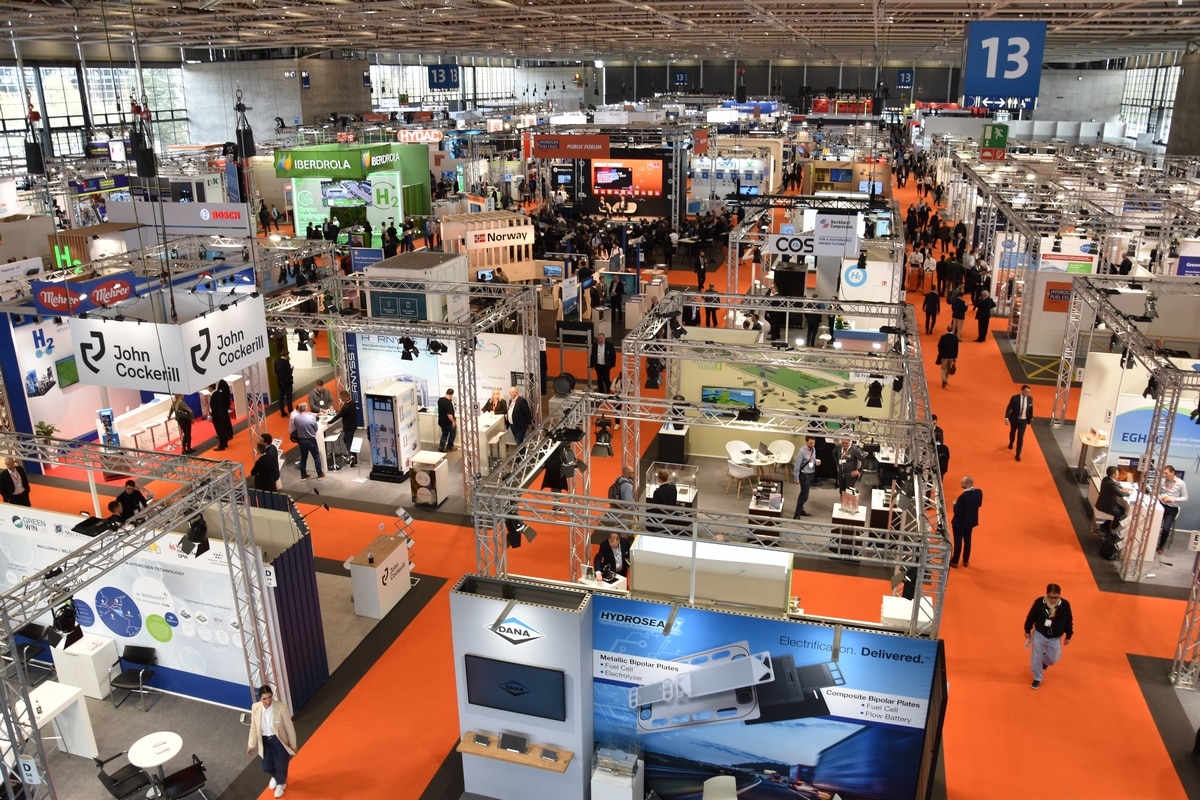
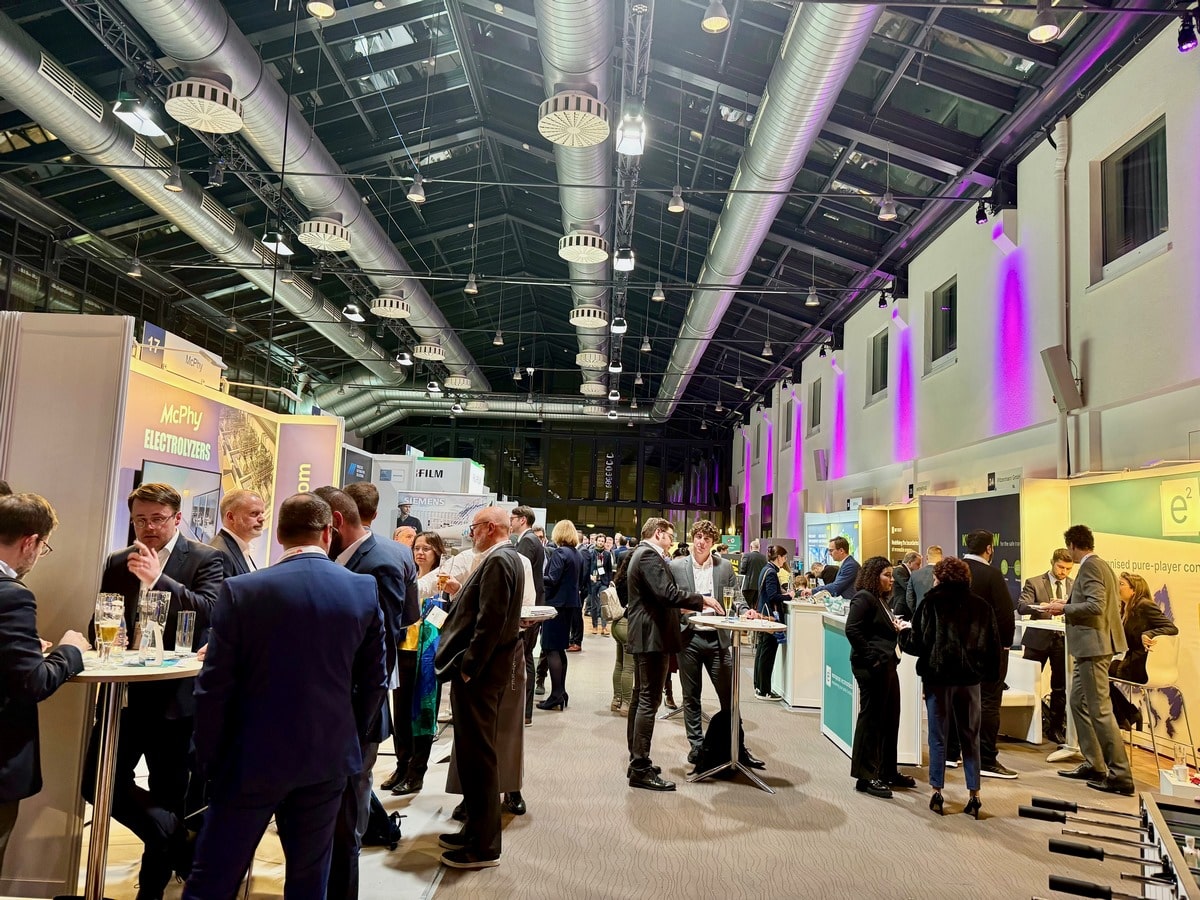

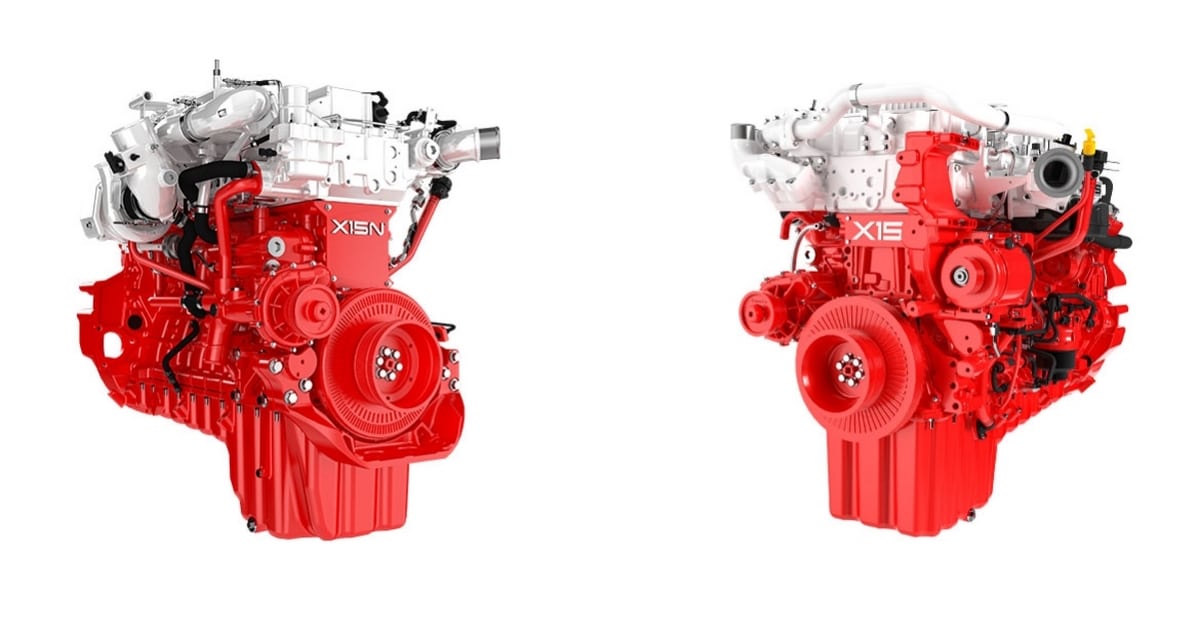
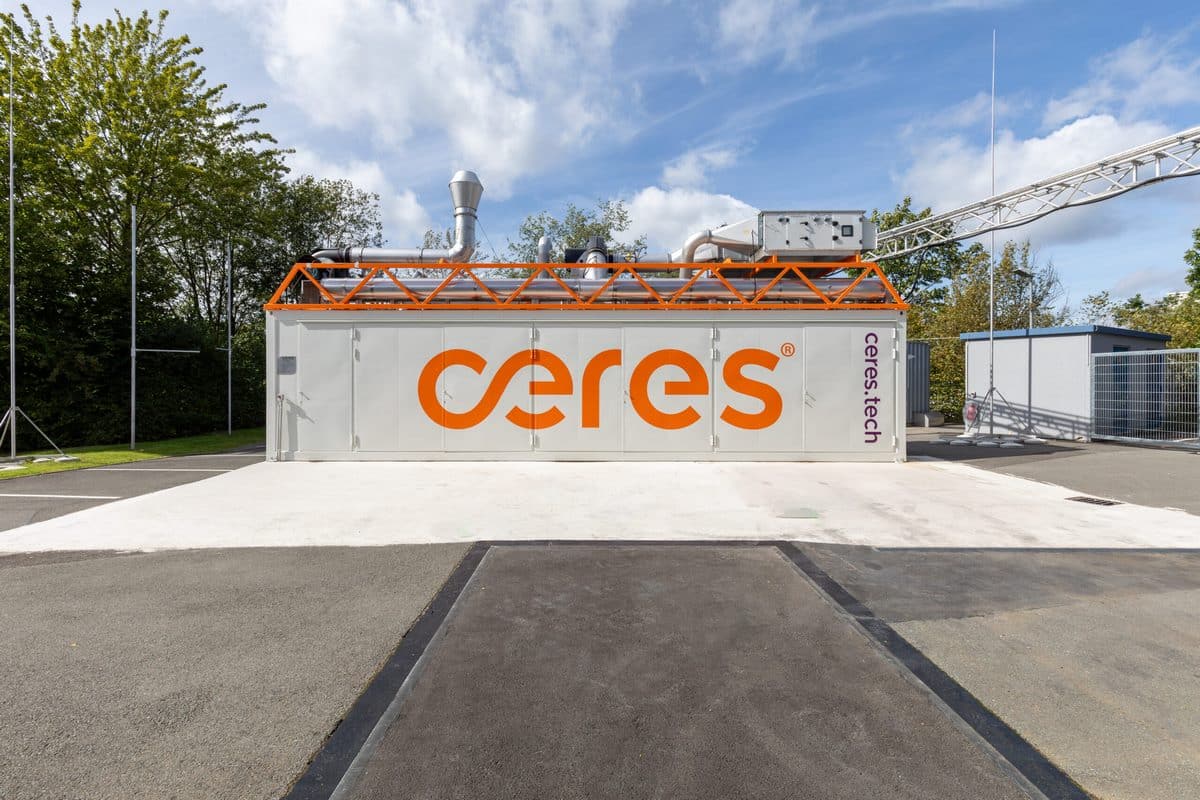

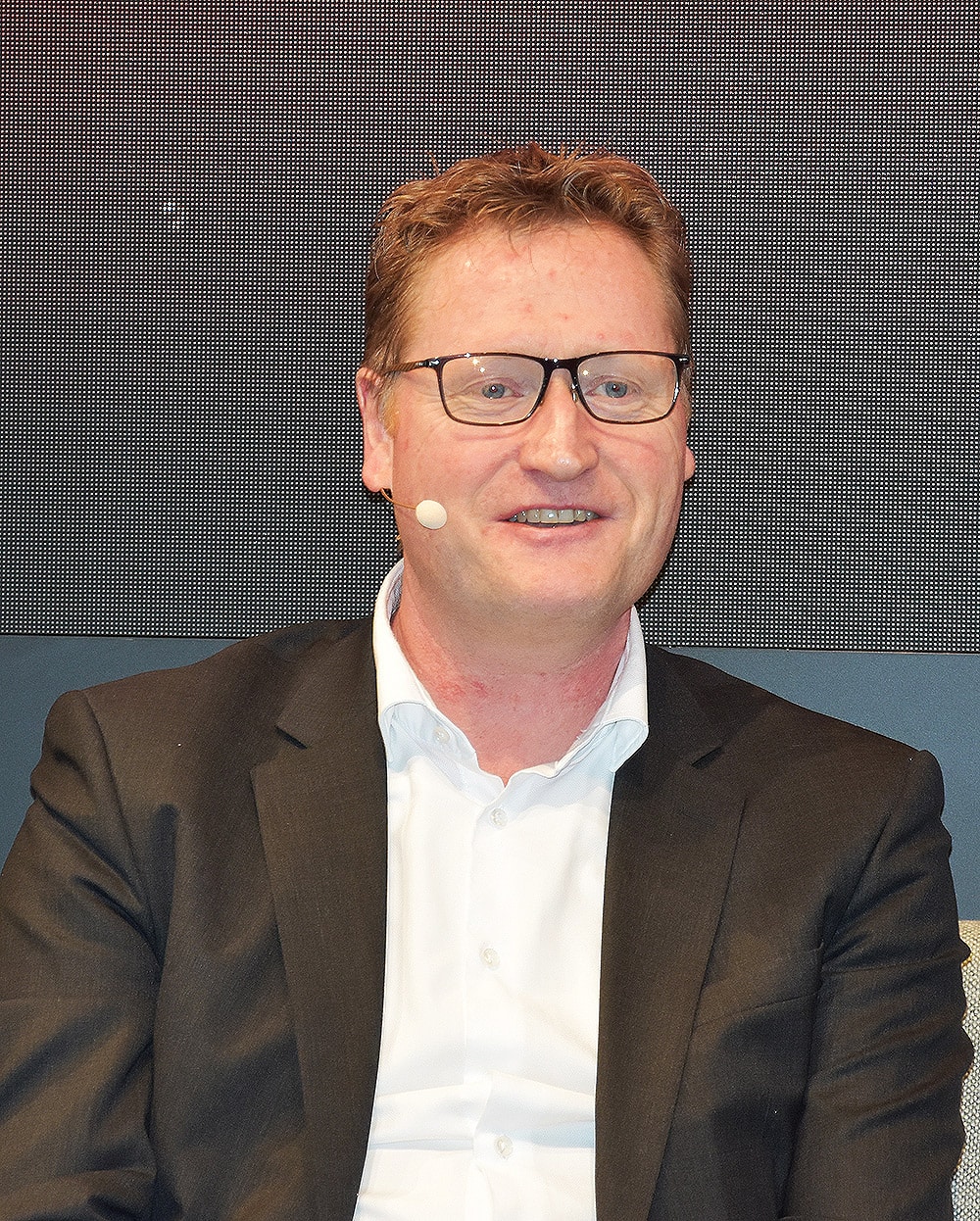


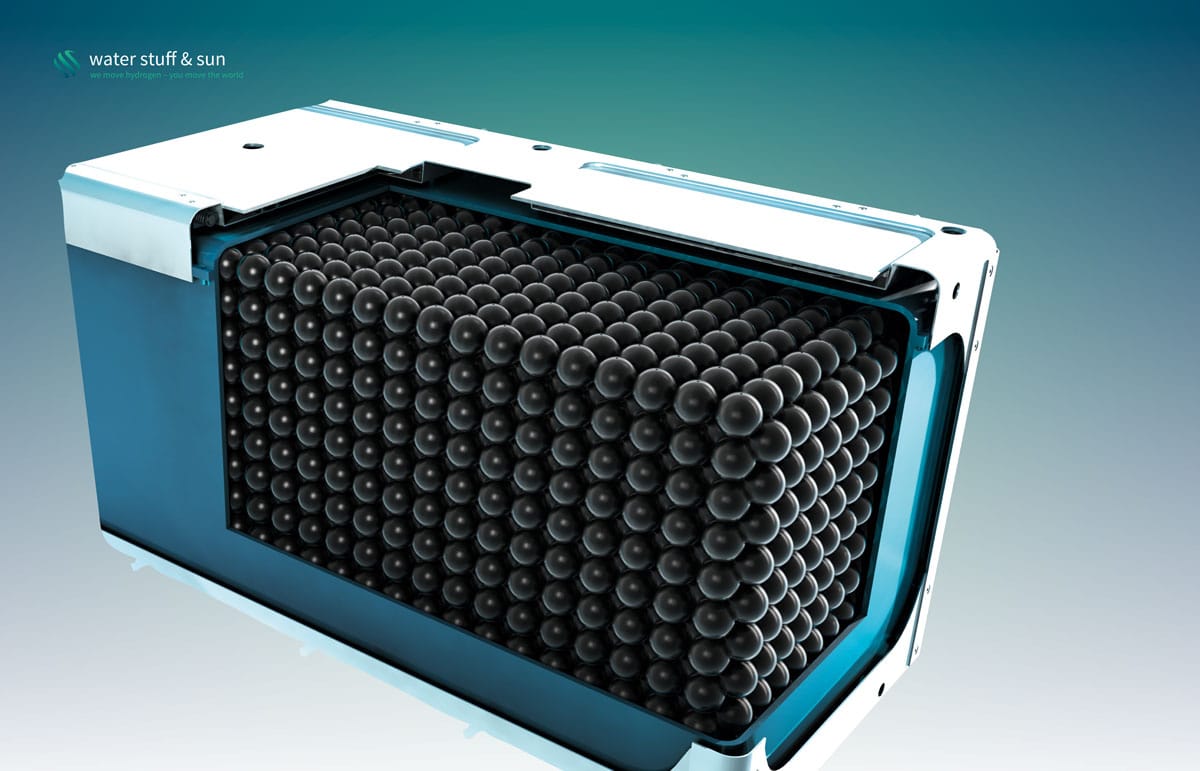

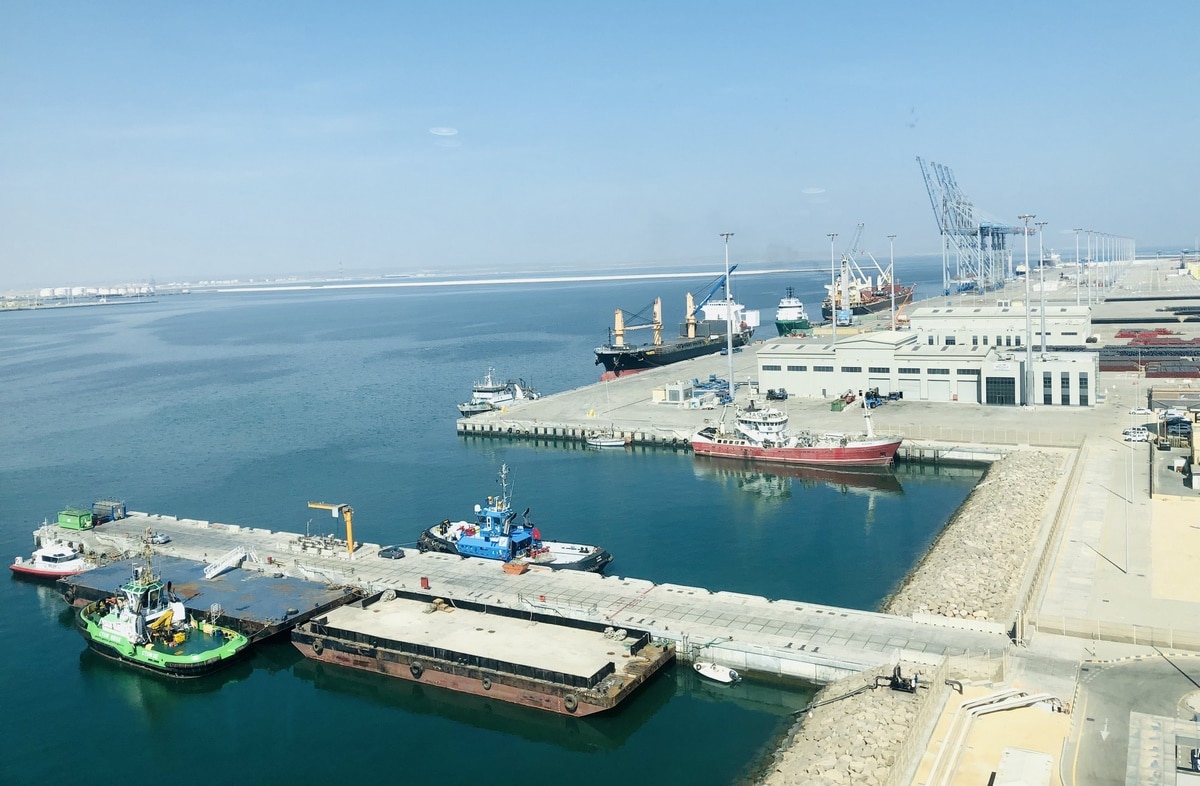
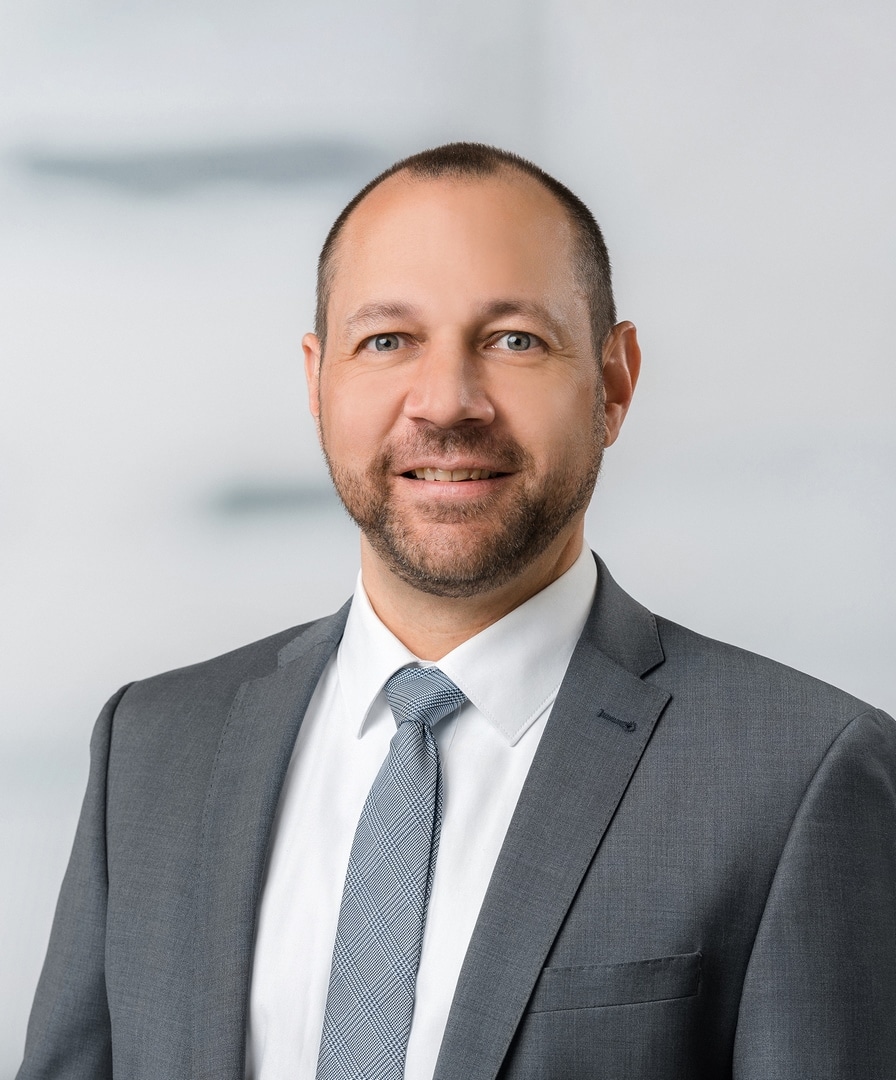
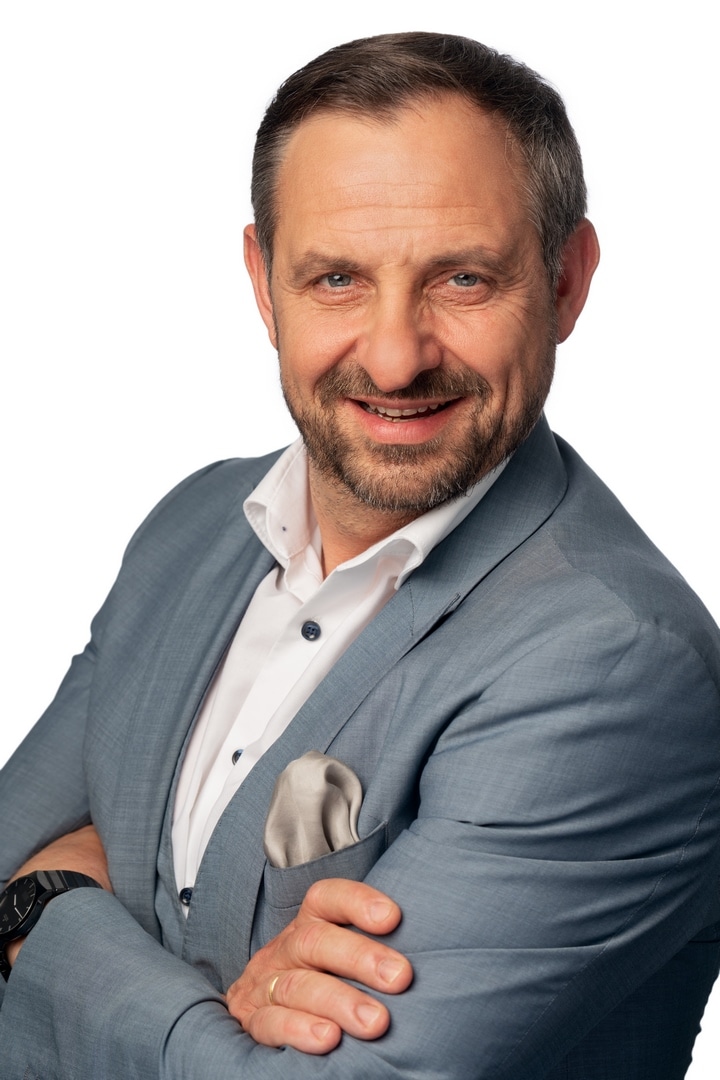
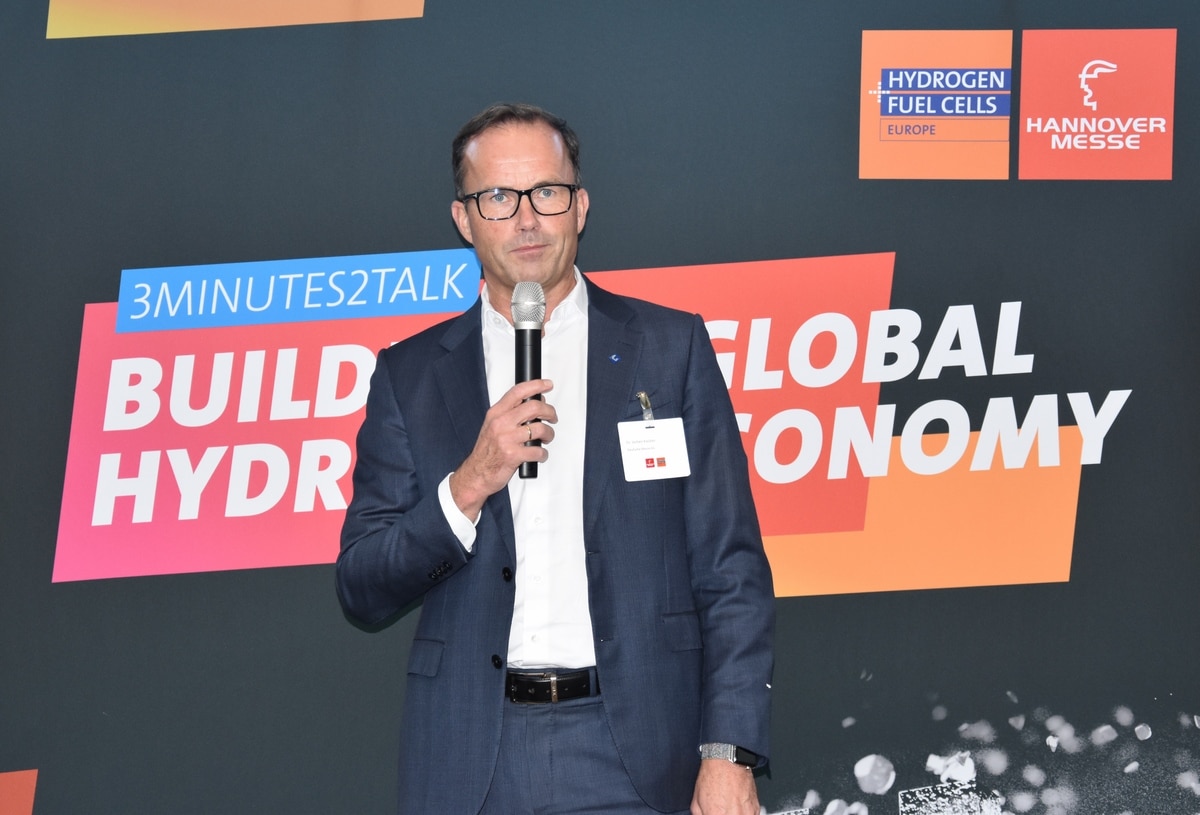
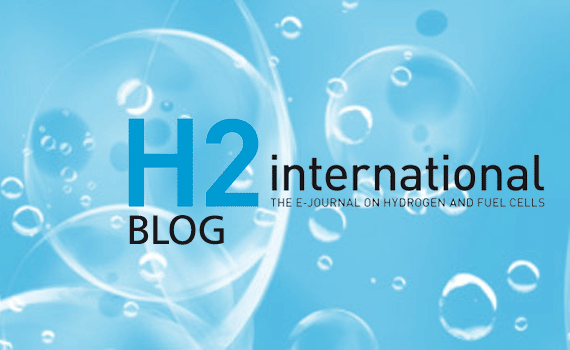
I am glad that you are doing these studies. I am an Architectural Designer (~50 yrs.) and have been researching Hydrogen and Fuel-Cells for the past 18 years…especially fascinated by the work of Roy McAlister {The SOLAR HYDROGEN CIVILIZATION}. He has come up with a Hydrogen-dense liquid fuel [@ room temp. & pressure].
If interested…check out his 10 minute video.
And related information.
+
Nikola trucking…they now have 13,000 orders for their new 18-wheeler Hydrogen Fuel-cell Trucks.
Anheuser-Busch [i.e. Budweiser Beer] ordered 800 to replace their whole fleet of trucks [which each
cost between $300-400,000].
Nikola is working with Nel Hydrogen…planning to install 700 H2 stations across the US by 2028.
They will partner with Solar & Wind Farms to produce Zero-Emissions fuel.
I think it is a good start.
Sincerely,
albert walker